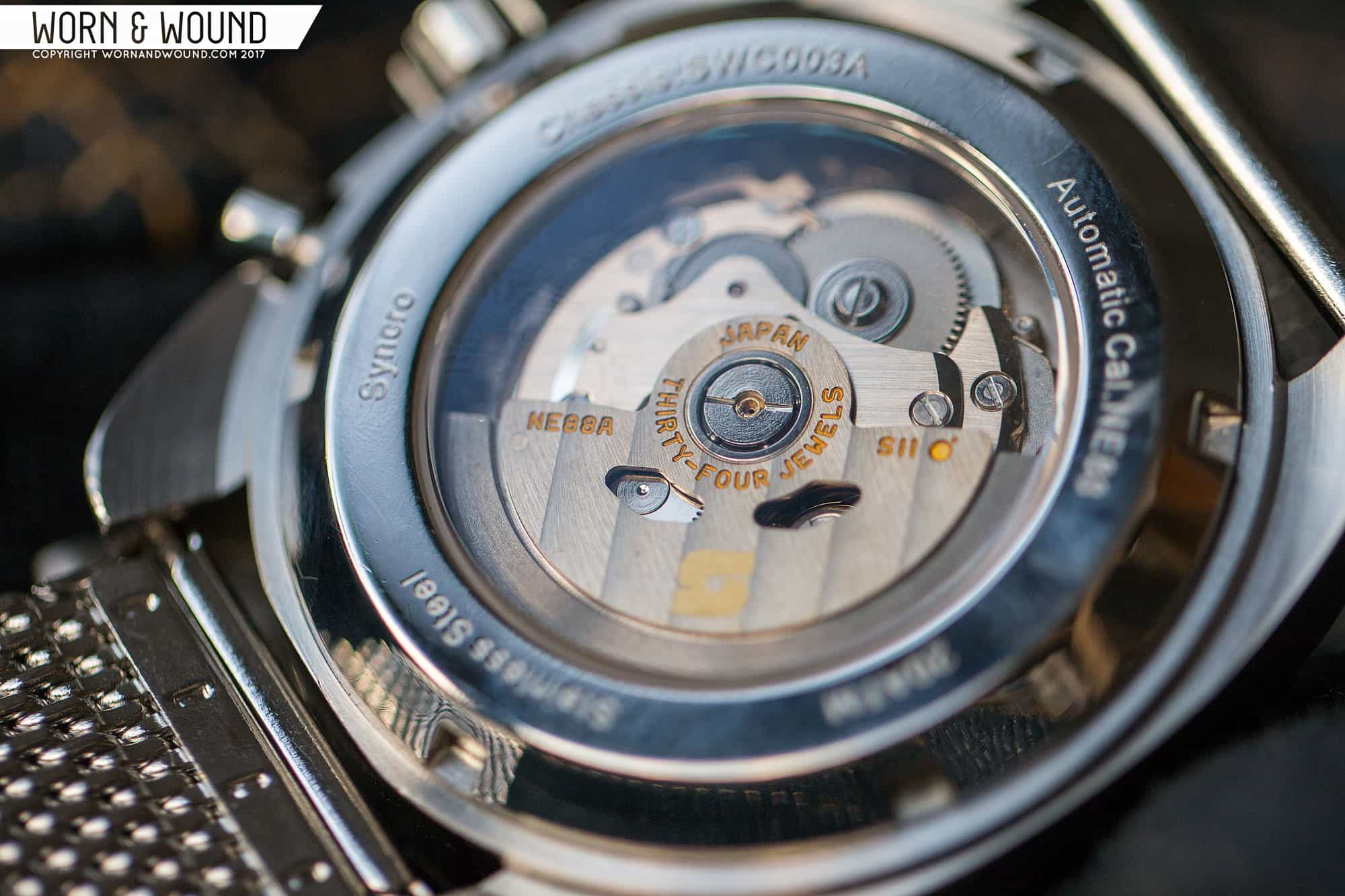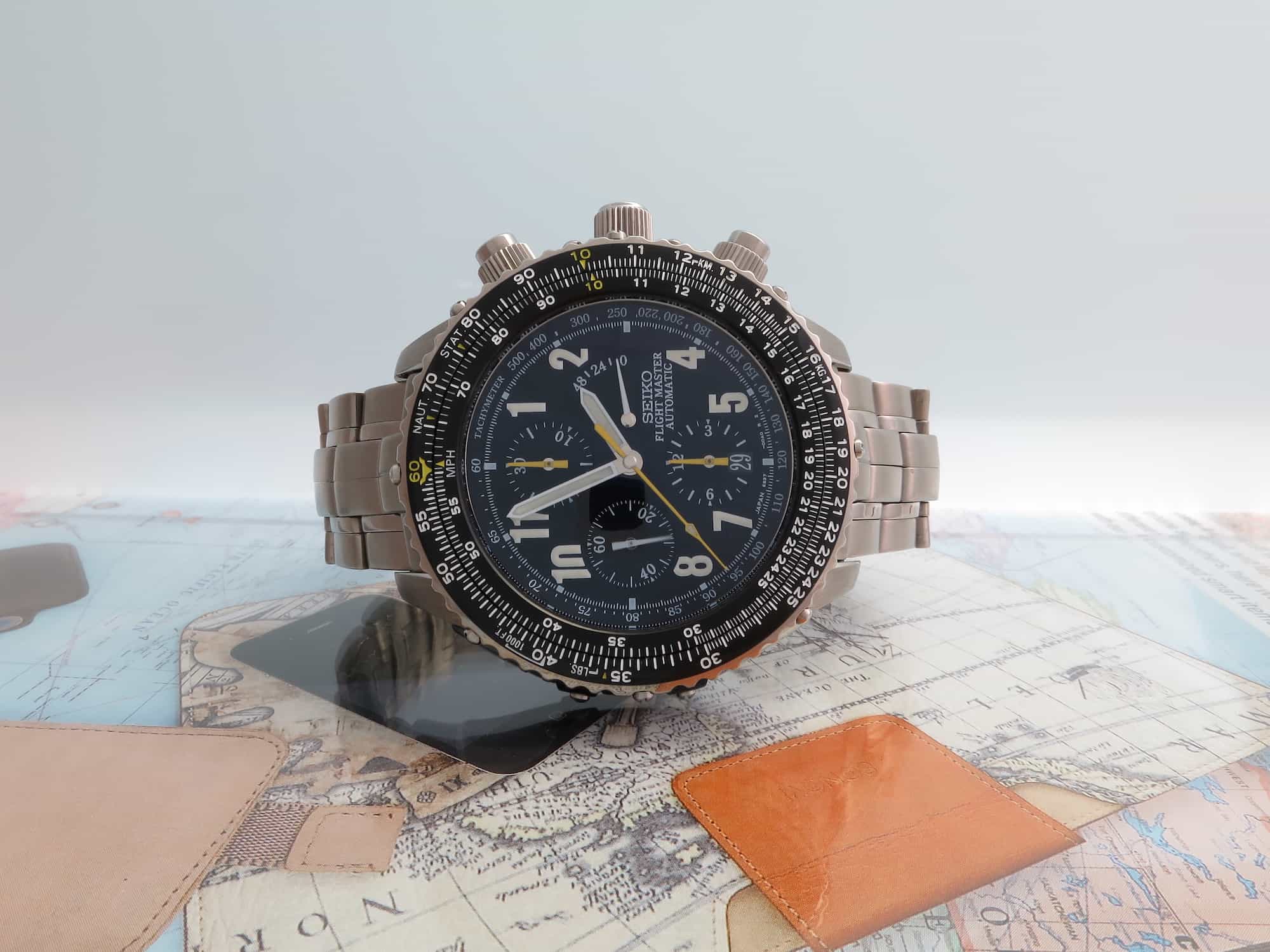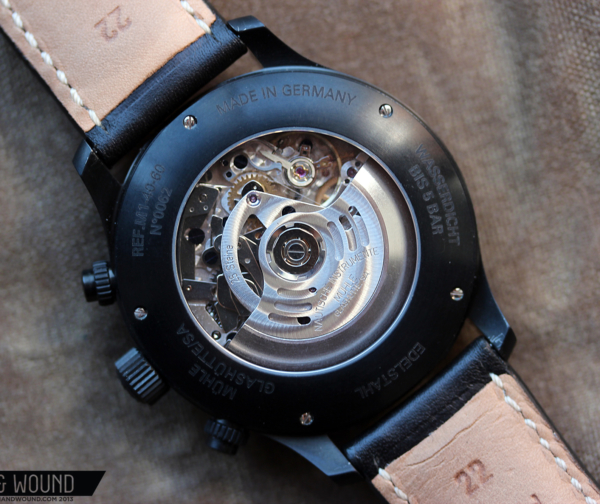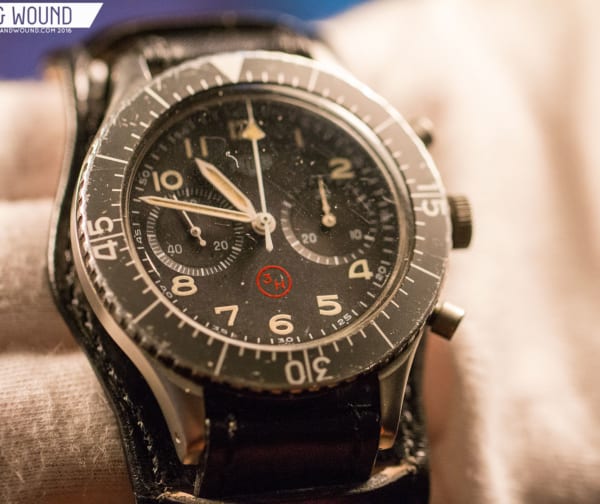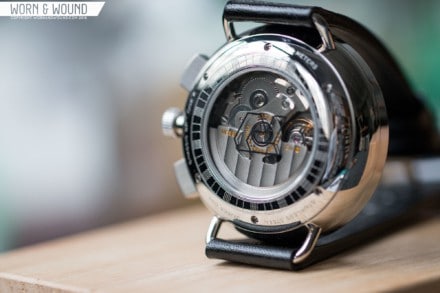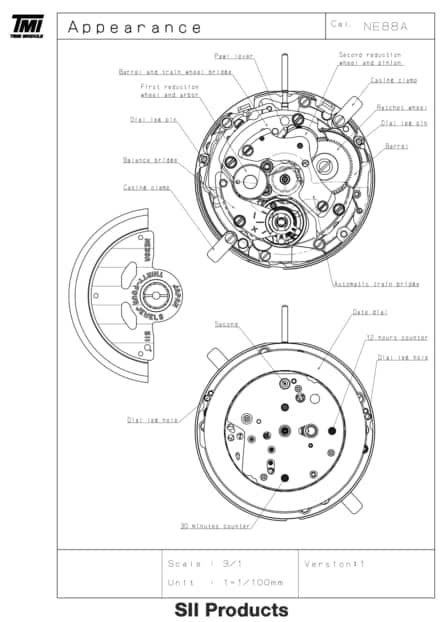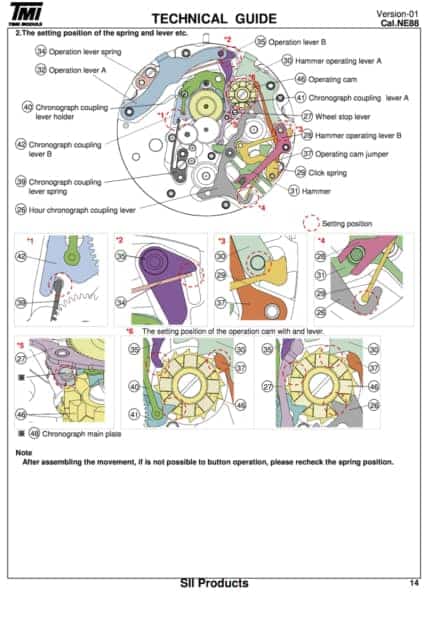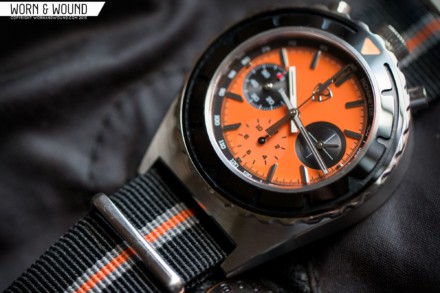In the last two installments of Chronography, we took a look at three excellent vintage chronograph families from Seiko and Citizen, and we then examined in detail the often overlooked vintage offering from Citizen–the Bullhead Challenge Timer. Today, we return to Seiko for a close look at its two modern offerings of a much-admired complication, the mechanical chronograph.
 I will start with the 6S—a lesser known movement that is truly Seiko’s first modern mechanical chronograph after the production of the 613X and 701X ceased in the 1970s. The 6S movement was introduced in 1998 alongside the 9S, the latter of which sees use in modern day Grand Seiko watches. This particular movement was never offered as an ebauche (unlike the 8R/NE88 movement). However, Seiko did provide it to Junghans as the caliber J890 and eventually sold the design to Tag Heuer, which tried to pass it off as its own in the form of the caliber 1887 (you can read more about the debacle here).
I will start with the 6S—a lesser known movement that is truly Seiko’s first modern mechanical chronograph after the production of the 613X and 701X ceased in the 1970s. The 6S movement was introduced in 1998 alongside the 9S, the latter of which sees use in modern day Grand Seiko watches. This particular movement was never offered as an ebauche (unlike the 8R/NE88 movement). However, Seiko did provide it to Junghans as the caliber J890 and eventually sold the design to Tag Heuer, which tried to pass it off as its own in the form of the caliber 1887 (you can read more about the debacle here). Surprisingly, Seiko chose not to resurrect the vertical clutch and column wheel features found in both of its historical automatic chronographs, but instead went with a more traditional column wheel and horizontal coupling arrangement with the 6S. The 6S has a fair number of variants, among them a manual winding caliber, a skeletonized version, a variant with a power reserve function as seen on the Flightmaster, and finally a fairly basic 6S28 (+25 sec/–15 sec a day) without the power reserve function.
Surprisingly, Seiko chose not to resurrect the vertical clutch and column wheel features found in both of its historical automatic chronographs, but instead went with a more traditional column wheel and horizontal coupling arrangement with the 6S. The 6S has a fair number of variants, among them a manual winding caliber, a skeletonized version, a variant with a power reserve function as seen on the Flightmaster, and finally a fairly basic 6S28 (+25 sec/–15 sec a day) without the power reserve function.









 Featured Videos
Featured Videos




